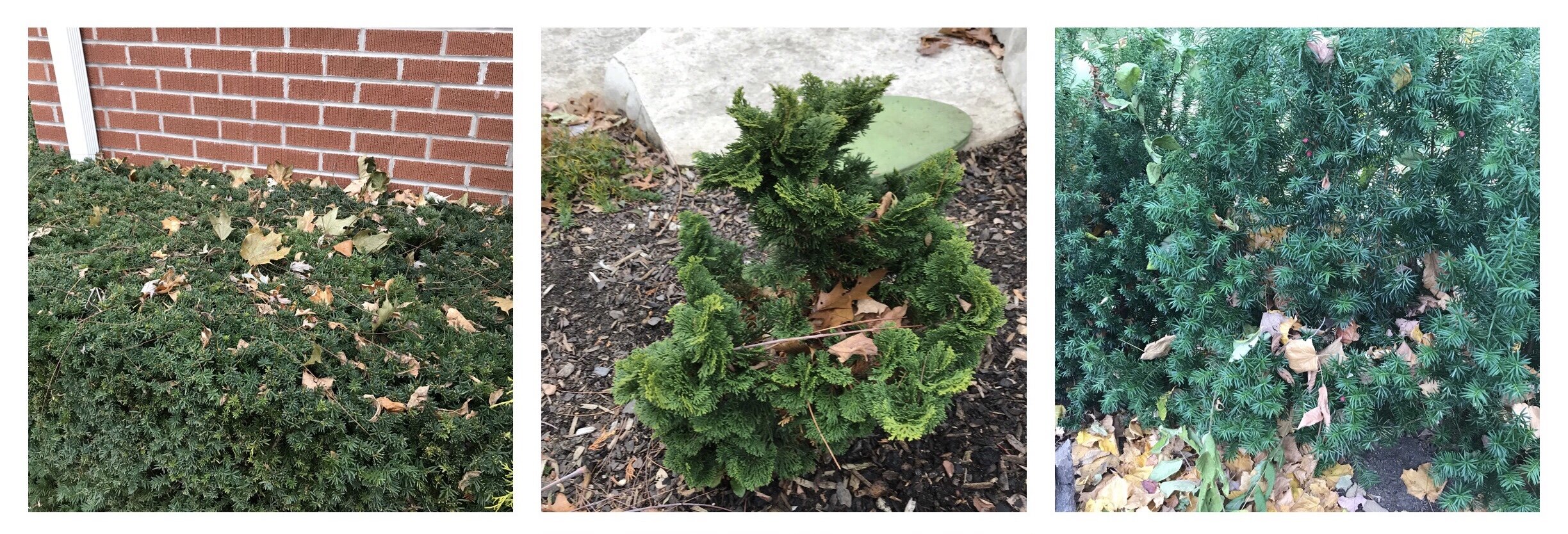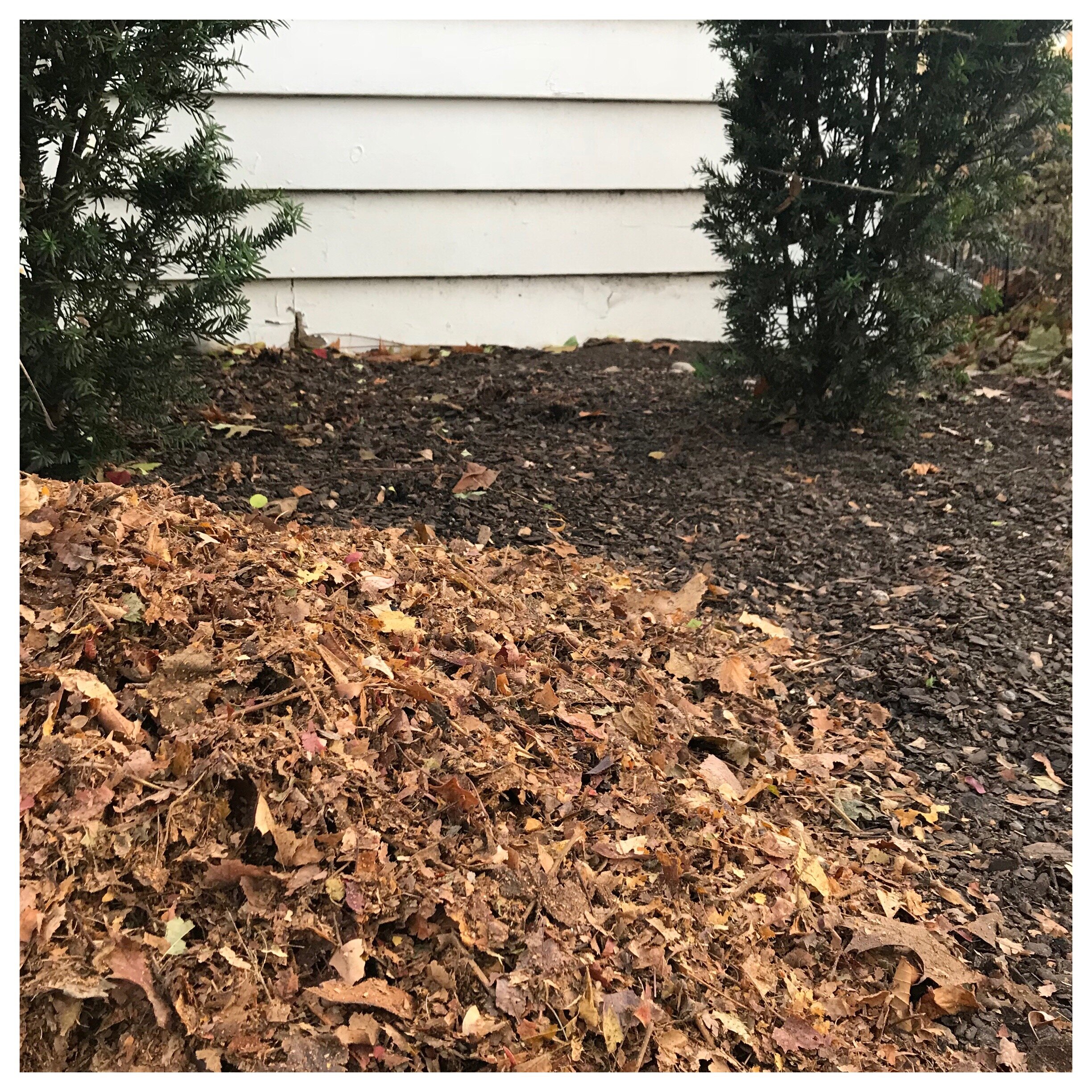Leaf-blower Lament
Oh the sounds of spring are here! It is a wonderful time of year to be in the garden just listening to nature. For me, it is the songbirds that steal the auditory show- a new call seemingly added to the choral collection every day- some whose voices I can identify, but many more that I (sadly) cannot. The collection of songs is exuberance for life put to sound. Hearing them makes it seem as though the whole world is shouting out ‘Rejoice! Rejoice! It’s spring!’
The American Robin- A sure sign of spring both in sight and sound. Photo courtesy of wirestock on www.freepik.com. (What can I say, like bird call identification, bird photography is just not my strength!)
And then it inevitably happens- I am ripped from my blissful bubble of birdsong by a low chugging noise followed by some revving and repetitive crescendos of a screaming engine. Two, three, even four more often join in on the obnoxious party. Asynchronous and without rhythm they create a dreadful chorus that drowns out all other sounds and thoughts.
Oh leaf-blower. How I despise your sound and so many other things about you!
Am I being harsh? Maybe. After all, leaf-blowers have made fast, light work out of many once onerous gardening tasks. But, is it really worth it? There are some serious drawbacks to the indiscriminate use of leaf-blowers in a garden. Let’s have a look at a few of them:
Loss of Soil
How often have you seen a landscape crew rip through a yard during a spring or fall clean-up shrouded in a cloud of dust and mulch pieces? For me the answer is: ‘way too often’.
The top layer of garden soil is the garden’s most valuable layer. It is where the majority of plant roots reside, where the majority of soil organisms live, it is also the layer with the highest organic mater and nutrient content. Essentially it is the topsoil (including the organic layer that lies on top of it) that sustains life. As gardeners, we spend so much time building up this layer by adding compost, manure, shredded leaves, and/or mulch- why would we want to blow all that away?
A little graphic that depicts a very generalized soil profile. In a garden setting, unless groundcovers have been planted, the organic and topsoil layers are exposed, making it really easy for leaf blowers to blow away these layers!
<a href='https://www.freepik.com/vectors/education'>Education vector created by brgfx - www.freepik.com</a>
Damage to Plants
In addition to losing valuable organic matter and nutrients, blowing away the surface of our beds can also expose the roots of some of our more shallow-rooted plants (such as Rhododendron, Hydrangra and Buxus just to name a few). When roots are exposed to air, they ultimately die and this loss of roots can be a stressor on our plants. To take this one step further, plants that are under stress are more susceptible to attack by pests such as insects and disease-causing organisms.
Damage to the Pocketbook
Blowing away mulch and topsoil (as well as other products previously bought to incorporate into the soil) is essentially sending money into the wind. Nothing like spending money and getting nothing in return!
Fossil Fuel Use
Leaf-blowers are terrible for the gas they consume both from the standpoint of fossil fuel consumption, as well as the fumes that the operators must endure.
Noise!
Did I mention that I can’t stand the noise of these blowers?! I am sure I am not alone in this sentiment. Electric and battery powered blowers are far quieter to operate, which is nicer for neighbours, and kinder on the eardrums of the operators too!
FINDING THE BALANCE
Despite this rant, I will admit, I have a leaf blower (gasp!). Not a gas powered beast, just a battery powered piece of equipment. It is a valuable tool in my truck. It makes the cleanup of hardscape a breeze. It is much more effective to blow off (rather than sweep) the mess of potting soil that extends out 10 feet in all directions from any pot I plant-up (hey, what can I say, I’m a messy planter!). It is also way more efficient to blow off a driveway rather sweep it!
My well-used battery powered blower has been worth every penny. It makes hardscape clean-up a breeze and is gentle on the soil when I must use it within the softscape. (I am not affiliated to Stihl in any way!)
Ok, so the good ‘ol blower is great for hardscape, but what about the softscape? Do I use this tool in the garden? Sometimes… and sparingly. Now I will start by saying my blower is not as forceful as it’s gas powered cousins and it has a great range of air speeds that I can easily control. For my needs, this is a good thing as I find soil tends to stay put when I use my blower on it. Additionally, I do not use my blower to make a garden spotless, I generally use it as a rough and quick ‘inital pass’ on the beds (usually only during spring and fall clean-ups) and I leave the detail work to be done by hand, which ensures that garden mulch and soil remains in place. Picking out debris by hand has the added benefit of putting me into the garden where I am better able to spot issues within the beds or on the plants.
Well thanks for hearing out my rant! If anything, let this post be ‘food for thought’. A reminder that all our actions will have consequences that affect our gardens and even small adaptations to how we conduct ourselves can make a difference in the overall health of our garden soil and therefore plants.
Now, back to my symphony…









